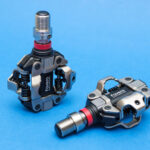Dennis Hopper famously quipped about creativity being 99% accident and 1% intellect. While perhaps a bit of hyperbole fueled by other substances, there’s a nugget of truth in the serendipitous nature of iconic creations. In the realm of motorcycles, few are as instantly recognizable and culturally impactful as the bikes from the 1969 film Easy Rider. These weren’t just props; they became symbols of freedom, rebellion, and the open road, forever changing the landscape of motorcycle culture.
For anyone immersed in the world of custom bikes, the allure is undeniable. From the spectacle of shows featuring mind-blowing metalwork to the gritty reality of backyard builds, the creation of a rideable two-wheeled machine commands respect. The urge to fabricate, to mold metal into a personal statement, resonates deeply with enthusiasts. Perhaps it’s the echo of post-WWII ingenuity, where returning GIs, seeking speed and individuality, stripped down and chopped up surplus motorcycles, birthing the custom bike scene. But amidst this rich history, one question persists: what reigns supreme as the most famous custom motorcycle ever built? The answer, for many, is inextricably linked to a single movie.
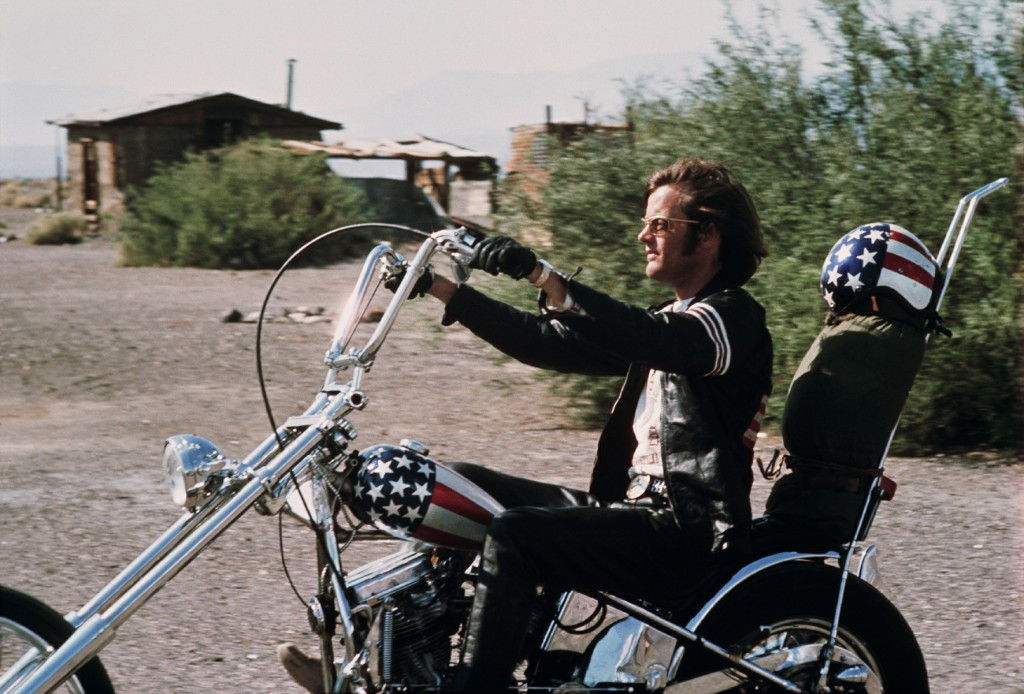 Captain America Bike from Easy Rider
Captain America Bike from Easy Rider
Captain America motorcycle from Easy Rider movie, showcasing its extended front forks and star-spangled fuel tank.
The “Captain America” bike from Easy Rider stands as an undisputed icon. While other movie motorcycles like Evel Knievel’s machines or Steve McQueen’s Triumph from The Great Escape hold their own fame, the Captain America chopper transcends mere recognition. Even those unfamiliar with the film often intuitively identify this machine. Born from a repurposed 1950s Panhead Harley-Davidson police bike – Peter Fonda reportedly acquired four surplus police bikes from 1952-1954 – the Captain America bike underwent a radical transformation. Its extreme rake, absence of front fender and rear suspension, and minimalist design scream rebellion. While purists might balk at the lack of a front brake and the chopper aesthetic, the teardrop gas tank and king-and-queen seat are instantly recognizable. Love it or hate it, the Captain America bike undeniably ignited a passion for riding and customization in countless individuals. It’s arguably the most influential motorcycle ever to grace the silver screen, pushing the boundaries of motorcycle design and inspiring generations of riders.
The genesis of the Easy Rider bikes began with Peter Fonda’s vision. As the movie concept solidified, the need for motorcycles became paramount. The narrative surrounding their creation is rife with conflicting accounts. Names like Dan Haggerty (who appeared in the film) and even Peter Fonda himself are sometimes credited with building these legendary machines. Adding to the confusion, the son of Dean Lanza, the painter, has also claimed his father was the builder.
However, the true architect behind the Easy Rider bikes was a man named Ben Hardy. A highly skilled African American mechanic and customizer, Hardy was a legend within Los Angeles’ Black motorcycle community. When Cliff Vaughs, tasked by Fonda with overseeing the bike construction, sought a builder, he turned to Hardy. Vaughs recognized Hardy’s expertise and reputation for crafting exceptional bikes.
Ben Hardy, the master motorcycle builder, posing with one of the iconic Easy Rider bikes he constructed for the film.
Ben Hardy, in 1968, was the unsung hero who brought the Easy Rider bikes to life. Often overlooked in mainstream accounts, Hardy’s skill and craftsmanship were instrumental in creating what would become the most famous movie motorcycles in history. Peter Fonda’s primary directive was the inclusion of the American flag on the Captain America bike’s gas tank. Beyond this, design decisions were largely entrusted to Vaughs, who then relied on Hardy’s execution. Interestingly, the Captain America bike, with its radical design, was arguably less rider-friendly than the “Billy Bike,” ridden by Dennis Hopper in the film. The Billy Bike, resembling a Fat Boy in configuration, offered a more conventional and easier riding experience. This difference likely wasn’t lost on Fonda, an experienced rider, and Hopper, a relative novice. Piloting the Captain America bike with its extended rake, long forks, and no front brake demanded a skilled hand. It wasn’t a machine for the faint of heart or inexperienced rider.
The very title, Easy Rider, originated with Cliff Vaughs. The term itself held diverse connotations. In early 20th-century slang, “easy rider” denoted a freeloader or someone living off others. Dennis Hopper, drawing from a Mae West film, interpreted it as a man living off a prostitute’s earnings. Vaughs’ intended meaning remains ambiguous, but the movie indelibly redefined “Easy Rider” in popular culture. Today, the term is almost synonymous with Harley-Davidson riders and the spirit of motorcycle freedom, largely thanks to the film and, perhaps more directly, to Vaughs’ contribution to its title.
Vaughs swiftly translated the Easy Rider concept into tangible motorcycles by collaborating with Ben Hardy. Peter Fonda procured four 1950s Panhead police bikes at auction, delivering them to Hardy and Vaughs to begin the transformation. Jim Buchanan fabricated the custom frames, while Dean Lanza applied the iconic paint schemes (though his son’s claim of his father building the bikes remains debated). Two bikes were designated for primary filming, and two were specifically prepared for the movie’s explosive finale – a scene that remains etched in cinematic memory and arguably wouldn’t resonate as deeply without the visual impact of these customized machines. Hardy commenced his work, and motorcycle history was forged.
 Ben Hardy
Ben Hardy
Ben Hardy’s motorcycle shop in its prime, a hub of custom bike building and motorcycle innovation in Los Angeles.
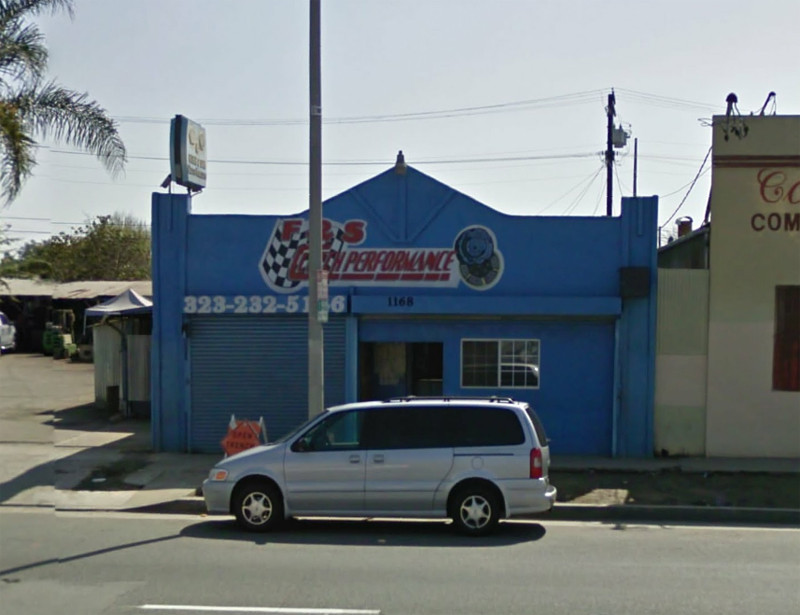 Ben Hardy Shop Today
Ben Hardy Shop Today
The present-day location of Ben Hardy’s former motorcycle shop, a site holding significant history in custom motorcycle culture.
Ben Hardy passed away in 1994, while Cliff Vaughs remains alive. Both men, in the author’s view, deserve far greater recognition for their pivotal role in creating not just movie props, but enduring cultural icons – the Easy Rider motorcycles. Ben Hardy’s original Los Angeles shop still stands, a testament to his legacy for those seeking a tangible connection to motorcycle history.
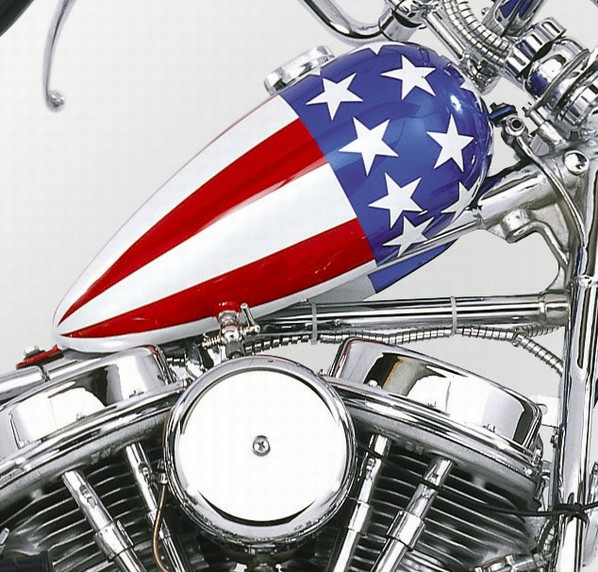 Captain America Teardrop Gas Tank
Captain America Teardrop Gas Tank
Close-up of the Captain America bike’s teardrop gas tank, highlighting the iconic star-spangled paint job.
So, the next time you find yourself at a gas station, fueling your own ride, take a moment to consider Ben Hardy and Cliff Vaughs. Their contributions to Easy Rider were as vital as any actor or director, and they gifted the world with what are arguably the most famous and influential motorcycles ever conceived. They are the often-unseen hands that shaped an enduring symbol of freedom and the open road.

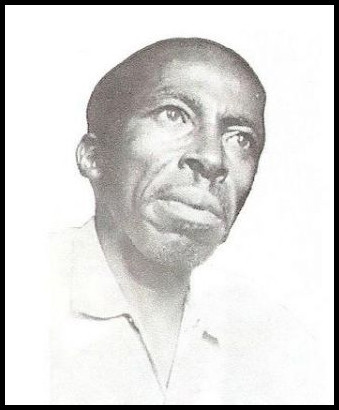 Ben Hardy Easy Rider Bike
Ben Hardy Easy Rider Bike